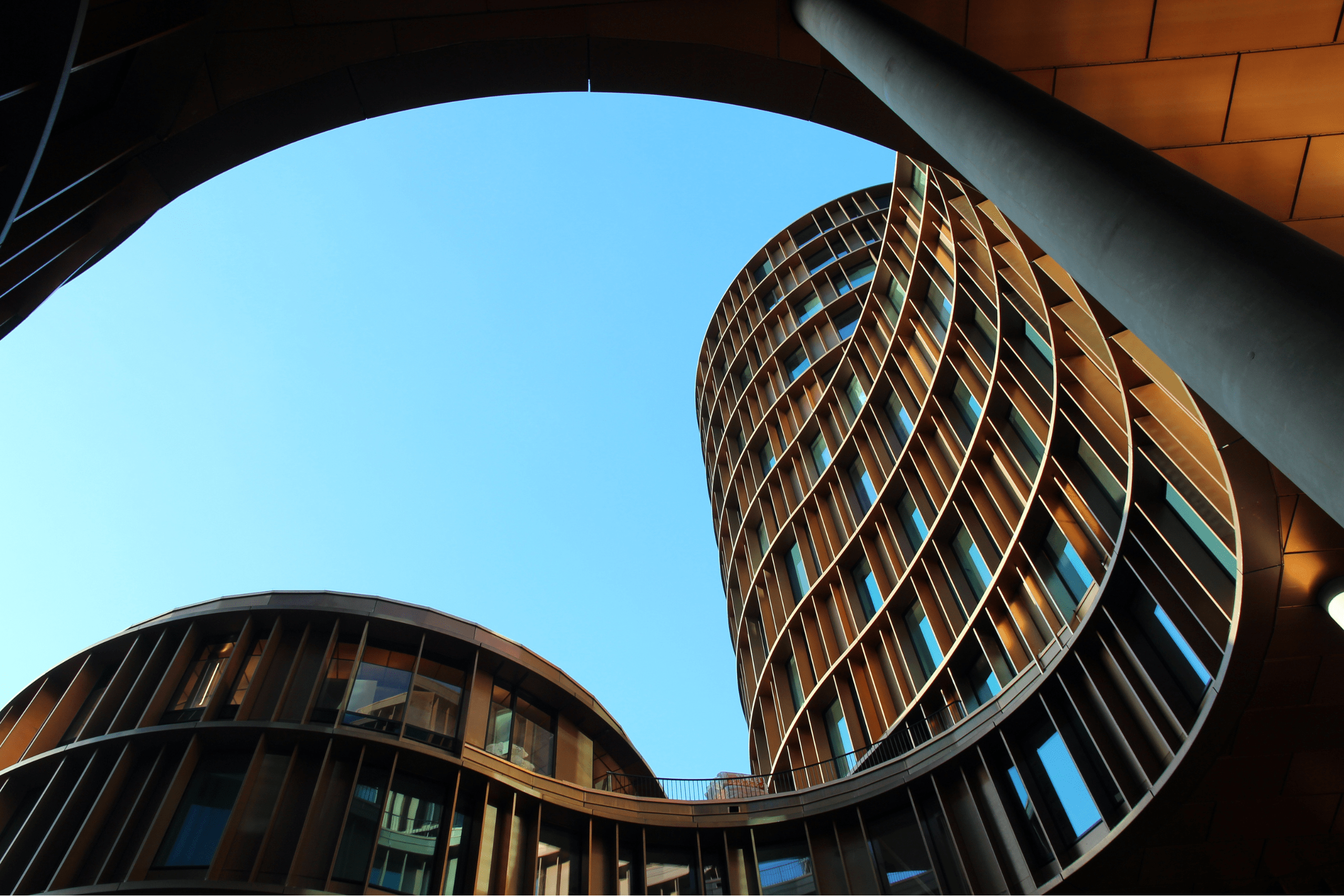
The Evolution of Neo-Futurism Architecture?
Architectural design and development are constantly evolving. Just take a look back to what were deemed to be ‘futuristic’ designs back in the early 20th century. How many have already been eclipsed by the architecture of today? High-rise developments are scattered across most major cities and neo-futurism architecture (a relatively new movement) is now becoming increasingly common.
What is the idea behind Neo-Futurism Architecture?
Neo-futurism is applied to an extensive variety of building designs. These range from skyscrapers to bridges, galleries and museums, to even park benches. This concept is separated from traditional architecture by its approach to realising aspirations rather than what is already possible. It looks to challenge the standardised rectangular designs with a highly imaginative and emotional stance. Today, neo-futurism architecture articulates a clear enthusiasm for modern technology, new materials, sustainability, and abstract design.
Typical Characteristics of a Neo-Futuristic Building
The design choices of neo-futuristic architects are easily distinguishable from the relatively uniform developments of old. Some of these main characteristics include:
- One of the most prominent properties of neo-futurism is the flow and movement of architectural designs. These structures often feature various unconventional shapes, spirals, twists, and curves in their design. These are used to emphasise a sense of motion.
- As opposed to the traditional brick-and-mortar design, neo-futurism architecture opts for innovative materials. These include steel, glass, and aluminium. This helps it achieve its sleek and modernised look.
- No two neo-futuristic buildings are the same. Each incorporate the emotions, values, and personality of the architect within construction.
- Modern technology is at the heart of neo-futuristic design, enabling architects to turn their previously unfeasible creations into reality.
- Eco-sustainability and ethics are at the centre of neo-futuristic design.
How Zaha Hadid Revolutionised the Architecture Industry
Zaha Hadid’s neo-futuristic designs pushed the boundaries of traditional architecture. They focused on capturing the imagination of a new generation of architects worldwide. Her designs not only showcased her pioneering vision, but also challenged conventional notions. Her architectural style was fluid and dynamic, with each structure seamlessly reflecting their environment. She drew inspiration from nature, technology, and innovation. This allowed her to create beautiful structures that appeared in constant motion. Each featured bold curves, sharp angles, and innovative materials including glass and steel, redefining architecture for a whole new generation.
Throughout her extensive 30-year career, Hadid was awarded every major architectural prize available. She was even the first woman to receive the Pritzker Architecture Prize in 2004 and Royal Gold Medal in 2015. Some of her most notable works include the Heydar Aliyev Center, the Guangzhou Opera House, and the London Aquatics Centre. If you’d like to read more about this inspirational woman’s life, click here!
Contact Us
Neo-futurism architecture is just one of the many disciplines that have made the industry what it is today. Find out more about our architectural design, building surveying, and project management services by getting in touch! To reach our team, call us today on 01245 326 200 or email info@mcessex.co.uk.
architecture and design, Architecture Practise in Essex, Futurism Architecture, Neo-Futurism Architecture